Table of content
Introduction
Crispy, golden-brown crackers are a beloved snack across the globe, prized for their satisfying crunch and versatility. Whether paired with cheese, dipped into soup, or enjoyed on their own, a well-made cracker elevates any occasion. Yet, achieving that perfect balance of delicate texture and audible snap requires precision, patience, and a deep understanding of the science behind baked goods. This guide will demystify the art of crafting crispy crackers from scratch, exploring ingredients, techniques, and troubleshooting to ensure your batches emerge from the oven flawlessly crisp every time.
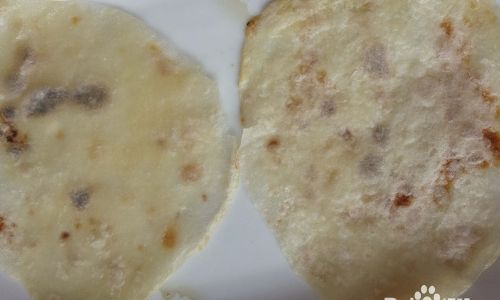
The Science Behind Crispiness
Before diving into recipes, it’s essential to grasp the factors that contribute to a cracker’s texture. Crispiness hinges on moisture control: the drier the cracker, the crispier it becomes. During baking, water evaporates from the dough, leaving behind a network of starches and proteins that harden as they cool. Achieving the ideal crunch involves:
- Minimal Moisture: Using ingredients with low water content and baking until the crackers are fully dehydrated.
- Thin Rolling: Thinner dough bakes faster and dries out more thoroughly.
- High Heat: Rapid baking at high temperatures sets the structure before moisture can reabsorb.
- Proper Storage: Airtight containers prevent humidity from softening the crackers.
Ingredients: Building Blocks of Crunch
Flour
- All-Purpose Flour: The workhorse for most recipes, offering a neutral flavor and moderate gluten development.
- Whole Wheat Flour: Adds earthy notes but requires more liquid; combine with all-purpose for a balanced texture.
- Gluten-Free Blends: Use rice flour, almond meal, or tapioca starch for wheat-free options. Adjust liquid carefully, as these flours absorb moisture differently.
Fat
- Butter: Imparts richness and flakiness. Cold, cubed butter creates layers that puff during baking.
- Olive Oil: A vegan alternative that adds fruitiness. Use a neutral oil for a milder taste.
- Shortening: Yields ultra-crisp results but lacks flavor complexity.
Liquid
- Water: The simplest binder; use ice-cold to keep fat solid during mixing.
- Milk/Buttermilk: Enhances browning and tenderness.
- Alcohol: A splash of vodka evaporates faster than water, promoting crispness.
Leavening Agents
- Baking Powder: Creates air pockets for a lighter texture.
- Baking Soda: Reacts with acidic ingredients (like yogurt) for lift.
Seasonings
- Salt: Essential for flavor; add to the dough or sprinkle on top.
- Herbs/Spices: Rosemary, paprika, or cumin elevate complexity.
- Seeds: Sesame, poppy, or flax add visual appeal and texture.
Tools of the Trade
- Baking Sheets: Rimless sheets allow even heat circulation.
- Rolling Pin: A French-style pin with adjustable rings ensures uniform thickness.
- Pizza Cutter: For clean, straight edges without dragging the dough.
- Silicone Baking Mats: Prevent sticking and promote even browning.
- Cooling Racks: Allow airflow to prevent sogginess.
Step-by-Step Crafting Process
Dough Preparation
- Mix Dry Ingredients: Whisk flour, salt, and leavening agents in a large bowl.
- Cut in Fat: Use a pastry cutter or fingertips to incorporate cold butter/oil until the mixture resembles coarse sand.
- Add Liquid: Gradually stir in ice-cold water/milk until a shaggy dough forms. Avoid overmixing to prevent gluten overdevelopment.
Resting the Dough
- Chill the dough for 30–60 minutes. This relaxes gluten, making rolling easier and preventing shrinkage during baking.
Rolling and Shaping
- Thin Is Key: Aim for 1/16–1/8 inch thickness. Use a ruler to gauge; thinner dough = crispier crackers.
- Cutting: Use a knife, pizza cutter, or cookie cutters. Prick holes with a fork to prevent puffing.
Baking
- Preheat Oven: 375–425°F (190–220°C). Higher temps set the dough quickly.
- Bake Time: 10–15 minutes, rotating sheets halfway. Watch for golden edges.
- Optional Second Bake: For ultra-crisp results, turn off the oven and leave crackers inside for 30–60 minutes as it cools.
Cooling
- Transfer immediately to a rack. Avoid stacking until fully cooled to prevent steam buildup.
Pro Tips for Perfect Crispiness
- Humidity Control: Bake on dry days. If your kitchen is humid, add 1–2 tbsp of cornstarch to the dough to absorb excess moisture.
- Egg Wash: Brush with beaten egg for deep color and shine.
- Salt Blend: Mix coarse salt with seeds or herbs before sprinkling for adheres.
- Layering: For flaky crackers, fold the dough like puff pastry during rolling.
Flavor Variations to Explore
- Cheese Crackers: Grate Parmesan or cheddar into the dough.
- Spicy Kick: Add cayenne, smoked paprika, or crushed red pepper.
- Sweet Twist: Replace 1 tbsp of salt with sugar; serve with jam or charcuterie.
- Everything Bagel: Top with sesame seeds, dried garlic, onion flakes, and poppy seeds.
Troubleshooting Common Issues
- Soggy Centers: Bake longer at a lower temp (325°F/160°C) to dehydrate without burning.
- Uneven Browning: Rotate sheets mid-bake. Use convection settings if available.
- Tough Texture: Overmixing the dough developed excess gluten. Rest longer next time.
- Burnt Edges: Reduce oven temp by 25°F and check 2–3 minutes earlier.
Serving and Pairing Suggestions
- Cheese Boards: Pair with aged cheddar, brie, or goat cheese.
- Dips: Hummus, tzatziki, or roasted red pepper spread.
- Soups: Crush into tomato soup or serve alongside chilled gazpacho.
- Canapés: Top with smoked salmon, crème fraîche, and dill.
Storage Solutions
- Airtight Containers: Glass jars or resealable bags with silica packets absorb residual moisture.
- Freezer-Friendly: Uncooked dough can be frozen for up to 3 months. Thaw in the fridge before rolling.
Advanced Techniques
- Sourdough Crackers: Incorporate sourdough discard for tangy flavor and extra rise.
- Fermented Dough: Let the dough ferment overnight for complex, nutty notes.
- Wood-Fired Ovens: For artisan-style crackers with charred bubbles.
Conclusion
Crafting crispy crackers is an alchemy of science and creativity. By mastering moisture control, ingredient ratios, and baking techniques, you can produce batches that rival store-bought varieties. Experiment with flavors, textures, and shapes to find your signature style. Whether you’re hosting a gala or craving a midnight snack, the satisfaction of biting into a homemade, shatteringly crisp cracker is unmatched. So roll up your sleeves, preheat that oven, and let the symphony of sizzling dough and golden hues begin. Your journey to cracker perfection starts now—one thin, flawless sheet at a time.
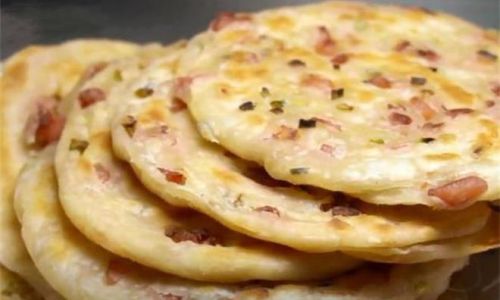
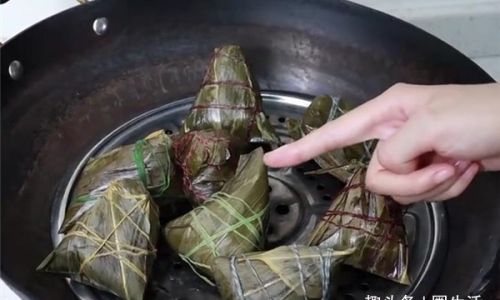
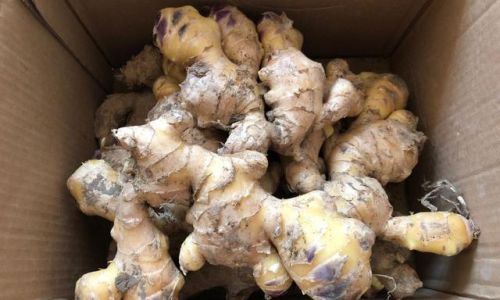
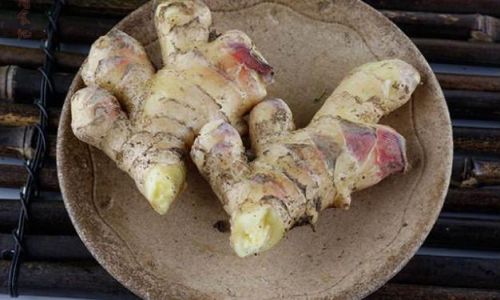
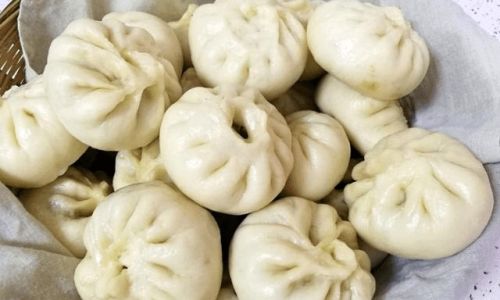
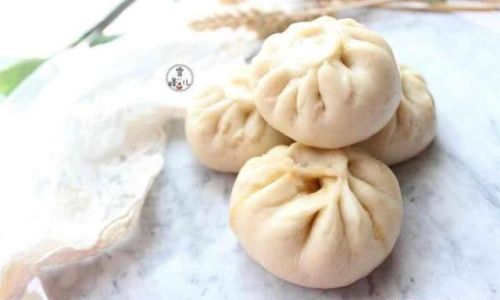
0 comments